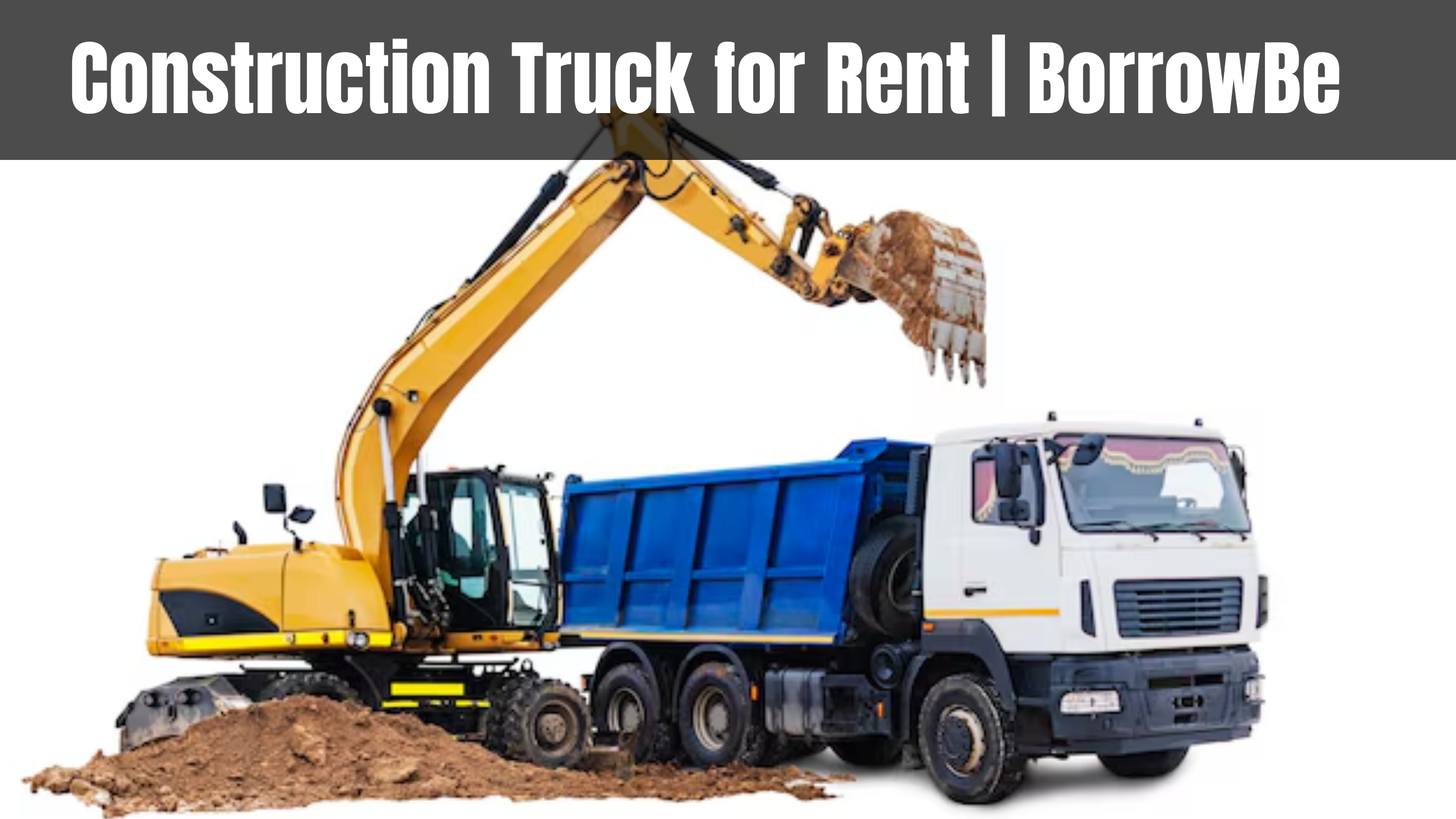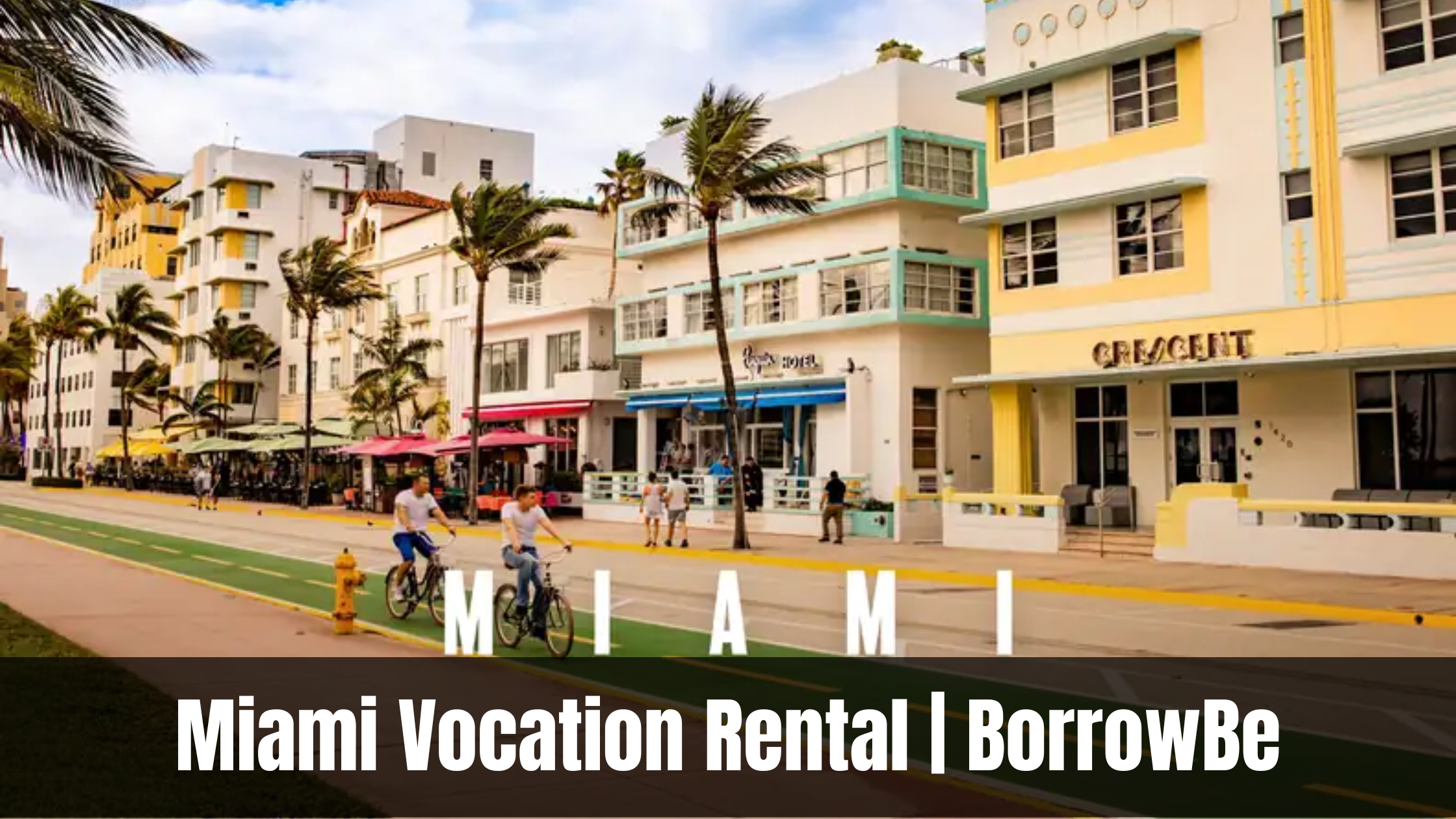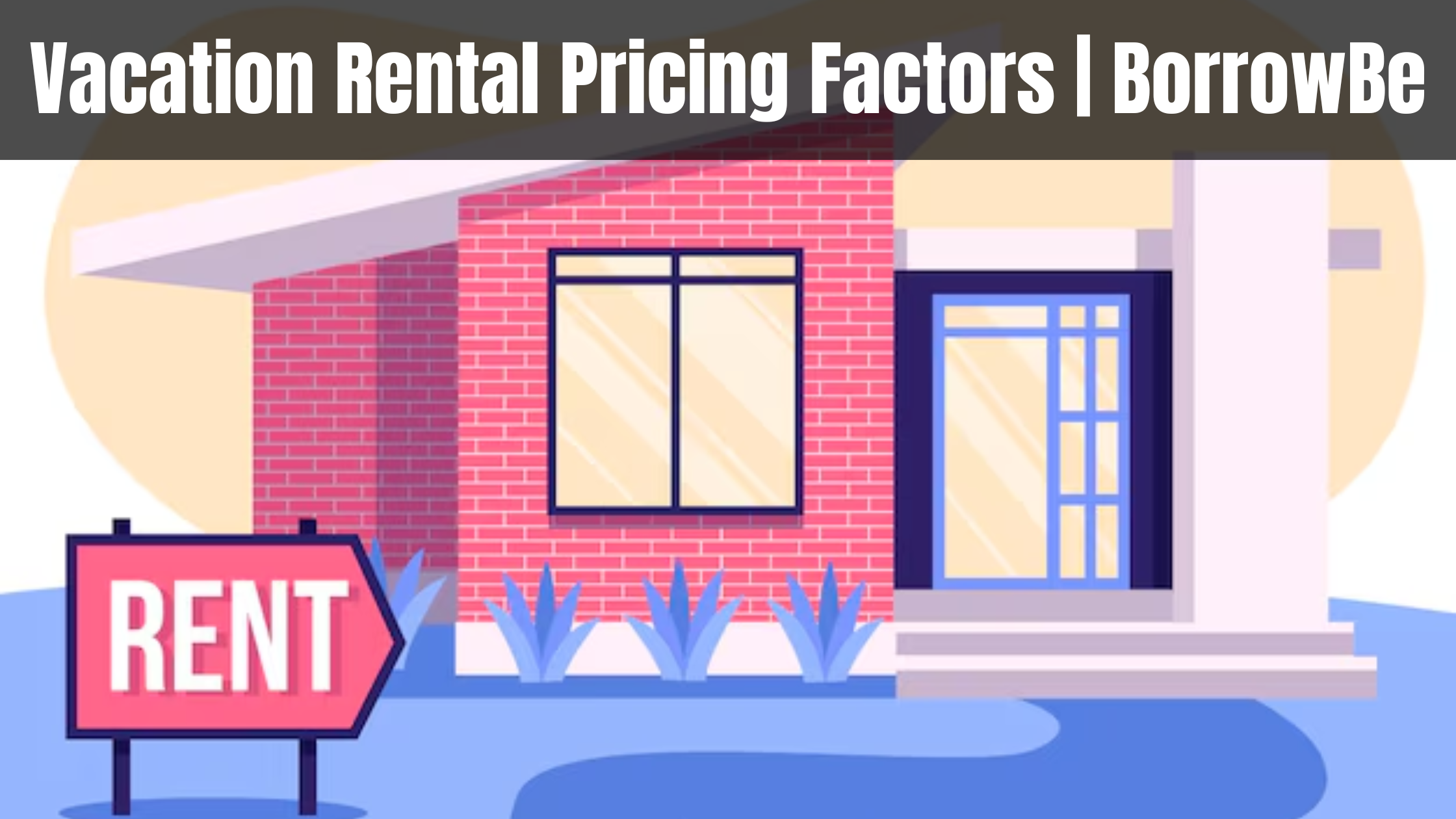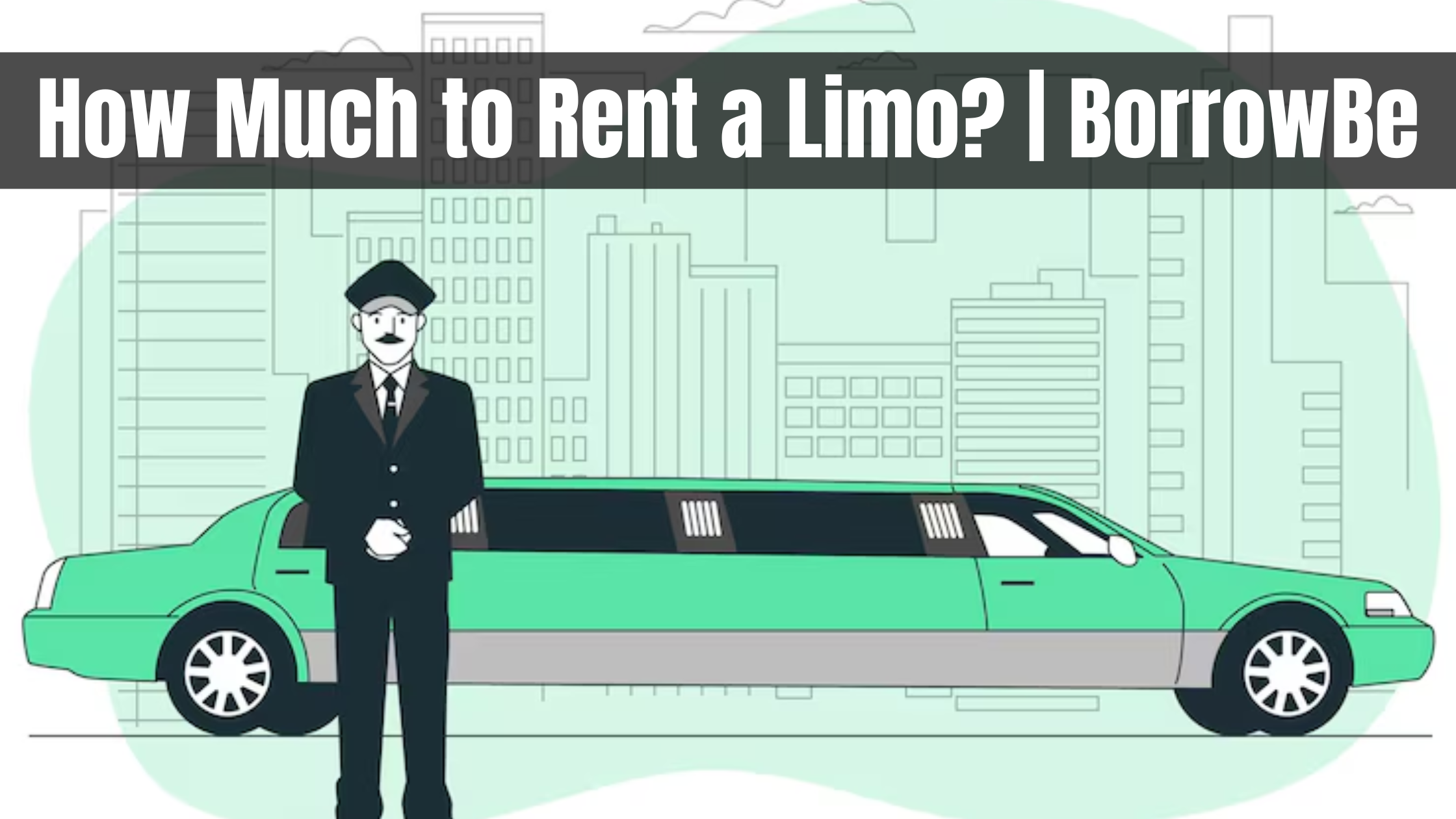1. Understanding Warehouse Rental: What Does It Mean?
What is a Warehouse for Rent?
A warehouse for rent is a commercial building that businesses lease to store their products, inventory, or raw materials. It’s a flexible space that allows businesses to organize, manage, and ship products efficiently without having to invest in buying property. Renting a warehouse is an excellent option for businesses that need extra storage but don’t want the financial burden of owning a property.
By renting, businesses can avoid costly upfront payments, such as property taxes, maintenance, and long-term ownership responsibilities. Warehouse rental allows companies to scale operations more easily, focusing on growth without the burden of property ownership. Whether it's for short-term or long-term use, warehouse rentals provide a tailored space for inventory management, order fulfillment, and sometimes specialized services like packaging or assembly.
Warehouse rentals offer a level of flexibility that businesses often need, especially if inventory fluctuates or space requirements change seasonally. This makes it a practical solution for many industries, including e-commerce, manufacturing, and logistics. The ability to adjust the rental terms or size of the warehouse means that you won’t be stuck with unused space, which can save money in the long run. For small businesses and startups, renting a warehouse can be a cost-effective and scalable solution to meet their growing needs.
.png)
Types of Warehouses Available for Rent
When considering a warehouse for lease, there are different types of warehouses available to meet various business needs. Here are the most common types:
| Type of Warehouse | Description |
|---|---|
| Industrial Warehouses | These are large, open spaces used to store raw materials, products, or equipment. They’re ideal for manufacturing or bulk storage. |
| Climate-Controlled Warehouses | Used for storing temperature-sensitive goods like food, pharmaceuticals, and electronics. These warehouses maintain a specific temperature and humidity level to protect the inventory. |
| Distribution Centers | These warehouses are designed for receiving, storing, and quickly distributing goods to retailers or end customers. They’re key in managing supply chain logistics and efficient product delivery. |
| Temporary Storage Units | Used for short-term storage needs, such as during seasonal inventory surges or business transitions. These units are flexible and often have affordable rental rates. |
2. Key Benefits of Renting a Warehouse
Cost Efficiency
One of the most significant benefits of warehouse rental is the cost efficiency it offers. Buying a warehouse can be expensive, with significant upfront costs and ongoing maintenance. When you rent a warehouse, you avoid these high initial costs. Renting allows businesses to pay only for the space they use, which can help preserve cash flow and reduce overhead costs.
Additionally, renting a warehouse removes the need for property management, insurance, and repairs—expenses that would otherwise fall on the property owner. Renting gives businesses more financial flexibility, allowing them to allocate resources to other areas, such as marketing, staffing, or product development. This affordable option works especially well for small businesses and startups that want to grow without the burden of owning a property.
Furthermore, renting often means businesses don’t have to deal with the complexities of property taxes, property management, or long-term maintenance. Warehouse rentals are often inclusive of basic services such as cleaning, security, and sometimes even utilities. This helps businesses streamline their operations and focus on their core activities, leaving the management of the space to the property owner or landlord.
Flexibility
Another great advantage of renting a warehouse is the flexibility it provides. Depending on your business needs, you can rent a warehouse for a short-term project or commit to a long-term lease for more permanent storage. If your business is expanding, renting allows you to quickly scale up by simply adding more space, whereas buying property may limit this flexibility.
For businesses that experience seasonal fluctuations in inventory or operations, renting provides a temporary solution that can be adjusted as required. Renting also gives you the freedom to choose between various sizes of warehouses depending on your needs. For instance, if your business experiences a seasonal peak in demand, you can increase your warehouse space for a few months and downsize once the demand drops.
By leasing a warehouse, you’re not locked into a long-term commitment. This means you can change locations or adjust space as your business grows, which gives you more control over your budget and operational efficiency.
Scalability
The scalability of renting a warehouse is another major benefit. As your business expands, you can easily upgrade to a larger warehouse or rent additional space in the same location. This ensures that your business has the storage capacity it needs to handle increasing inventory. With a long-term lease, you can lock in the price for several years, which can protect you from sudden price increases that might occur in a property purchase scenario.
Moreover, renting allows you to be more responsive to market demands and growth opportunities. If you’re expanding into new markets or launching new products, renting provides the space needed to scale up operations. This flexibility is a significant advantage for businesses aiming for long-term growth without the heavy burden of buying real estate.
Prime Location Access
Renting a warehouse also provides access to prime locations, often near major highways, ports, airports, or urban centers. Being close to key transportation hubs makes it easier and more cost-effective to manage your logistics. A warehouse in a strategic location can reduce transportation costs and improve delivery times. For example, a warehouse near a major port can help import goods faster, while a warehouse in an urban area can shorten delivery routes to local customers.
Proximity to supply chains and transportation networks also enables businesses to streamline their operations. This means goods can be distributed quickly and efficiently, and businesses can meet customer demands faster, which helps improve customer satisfaction and strengthens your competitive position in the market.
3. Factors to Consider Before Renting a Warehouse
Location and Accessibility
The location of your warehouse can significantly impact your business operations. A well-located warehouse ensures easy access to suppliers, customers, and transportation hubs, which helps reduce shipping and logistics costs.
For example, being close to major highways or rail lines can make it easier to transport goods to and from the warehouse, cutting down delivery times and improving efficiency. Additionally, consider the safety and security of the surrounding area. A warehouse in a high-crime area may require additional security measures, which could increase your overall costs.
When assessing a warehouse location, think about your current and future needs. Will the location still be suitable as your business grows or changes? Consider how close the warehouse is to major cities, shipping ports, or distribution routes. A well-chosen location can improve your delivery times, reduce operational costs, and enhance your overall business efficiency.
Size and Layout
Before renting a warehouse, it’s important to understand how much space you’ll need. Think about the volume of products you need to store, as well as any additional areas required for packaging, office space, or specialized storage like climate-controlled units.
The layout of the warehouse also plays a significant role in how effectively you can operate. The design of the warehouse should align with your workflow, ensuring that inventory can be stored, accessed, and shipped efficiently. A poor layout could lead to inefficiencies, such as wasted space, difficulty in moving inventory, or slow order fulfillment.
The size of the warehouse you choose should also allow for future growth. If your business plans to expand, having extra space in your lease agreement could save you the hassle of moving later on. Some landlords may offer the option to expand or downsize the space if needed, which can be a huge benefit.
Security and Safety
Security is one of the most important considerations when renting a warehouse. A secure warehouse protects your inventory and ensures the safety of your employees. When evaluating a warehouse, check for surveillance cameras, alarm systems, and 24/7 monitoring. A warehouse with these features will give you peace of mind knowing that your goods are protected.
In addition to security, ensure the warehouse meets safety standards. Check for proper fire protection, including sprinklers, fire extinguishers, and emergency exits. It’s also important to ensure the warehouse meets local safety codes and regulations. A well-maintained, secure warehouse helps reduce the risk of theft, damage, or safety-related accidents, and ensures that you’re compliant with laws.
Lease Terms and Pricing
Before signing a lease, take the time to review the lease terms carefully. Make sure you understand the rental price, the length of the lease, and any other costs that may be included, such as utilities, maintenance, or insurance. Some leases may also include rent escalation clauses, which could increase the rent over time.
If you’re unsure about any of the terms, consult with a legal expert or a real estate agent specializing in warehouse rentals. It’s important to understand the full scope of the lease and ensure that it meets your budget and operational needs.
4. Warehouse Rent Pricing: What You Should Know
Factors That Affect Warehouse Rent Pricing
Several factors influence the price of warehouse rental. One of the main factors is the location. Warehouses in central locations near transportation hubs or city centers are generally more expensive than those located in more rural or remote areas.
Another factor to consider is the size of the warehouse. Larger spaces generally come at a higher cost, but it’s important to balance size with your actual storage needs. Don’t pay for more space than you need, as this could increase your operational costs.
Amenities also affect the price. If the warehouse offers features like climate-controlled storage, loading docks, or 24/7 security, the cost may be higher. Additionally, the lease duration can impact pricing. Long-term leases often come with a lower monthly rate, while short-term leases tend to be more expensive due to their flexibility.
Average Warehouse Rental Costs in Different Regions
Warehouse rental prices vary significantly by region. In New York, for example, the price can range from $8 to $15 per square foot due to the high demand and proximity to major transportation hubs. In Los Angeles, prices range from $7 to $12 per square foot, while Chicago offers a more affordable option at $5 to $9 per square foot.
| City | Cost per Square Foot |
|---|---|
| New York | $8 - $15 |
| Los Angeles | $7 - $12 |
| Chicago | $5 - $9 |
How to Negotiate Better Terms for Warehouse Rental
Negotiating warehouse rental terms can help you save money and ensure flexibility. Here are a few tips:
-
Be clear about your needs: Knowing exactly what features you require will help in negotiating terms that work for your business.
-
Negotiate lease flexibility: If your business is growing, consider negotiating a lease that allows you to expand or downsize without penalties.
-
Ask for value-added services: Request services like loading docks, security systems, or climate control as part of your rental agreement to avoid extra costs.
5. How to Find the Right Warehouse for Rent
Online Platforms and Real Estate Brokers
Looking for a warehouse for rent can be made easier by using online platforms and working with real estate brokers who specialize in commercial properties. Websites like BorrowBe Warehouse Rentals list warehouses based on location, size, and other features, making it easy to compare options.
Using a Professional Real Estate Agent for Warehouses
A real estate agent can guide you through the process, ensuring you get the best possible deal. They know the market well and can help you navigate lease negotiations, check for hidden costs, and find the best warehouse rental options for your needs.
Visiting and Inspecting the Property
Before you sign a lease, it’s essential to inspect the warehouse in person. Check the condition of the space, the security features, and whether the layout suits your business needs. Make sure it meets all local regulations, including zoning laws and fire safety codes.
6. Common Mistakes to Avoid When Renting a Warehouse
| Mistake | Explanation |
|---|---|
| Not Considering Future Growth | Many businesses rent based on current needs only. Choose a warehouse that allows for scalable growth and future expansion. |
| Ignoring Hidden Costs | Expenses like utilities, insurance, and maintenance can significantly affect your budget. Always verify all charges in the lease agreement. |
| Overlooking Flexibility in Lease Terms | Long-term leases may not suit changing business needs. Negotiate flexible terms to allow for scaling up or downsizing when necessary. |
| Failing to Assess the Surrounding Area | The location matters. Evaluate transportation access, local infrastructure, safety, and crime rates before committing to a warehouse. |
7. Alternatives to Warehouse Renting
Warehouse Sharing
Small businesses can consider warehouse sharing, which allows them to split the cost of a larger space while benefiting from shared amenities like loading docks and security.
Self-Storage Units
For businesses that don’t need a large space, self-storage can be a cost-effective solution. These are ideal for businesses with seasonal inventory or limited stock.
Third-Party Logistics (3PL) Providers
If managing a warehouse isn’t part of your business model, you can use a 3PL provider to handle warehousing and logistics, saving you time and money.
8. Conclusion
Renting a warehouse is a crucial decision for businesses looking to grow and scale. Consider the location, size, pricing, and lease terms carefully to find the right warehouse for your business. Renting a warehouse provides flexibility, scalability, and cost savings while allowing your business to thrive without the burden of property ownership.
If you need expert advice or want to start your search for the perfect warehouse rental, contact BorrowBe Warehouse Rentals today! Our team can help you find the ideal space, negotiate the best deal, and support your business’s growth every step of the way.
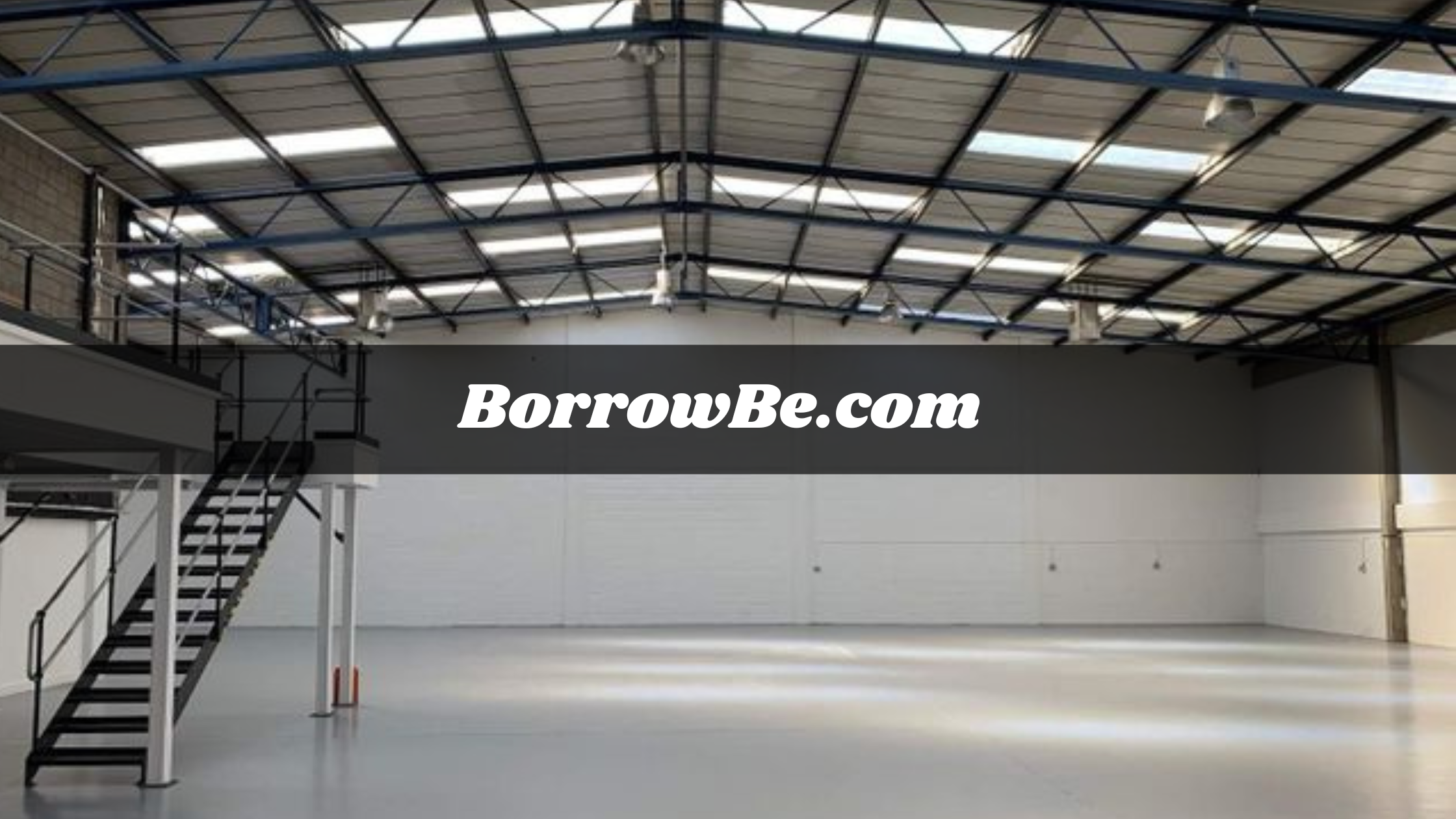
.png)
